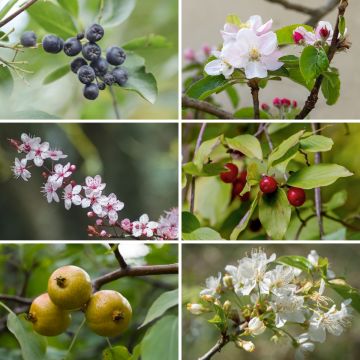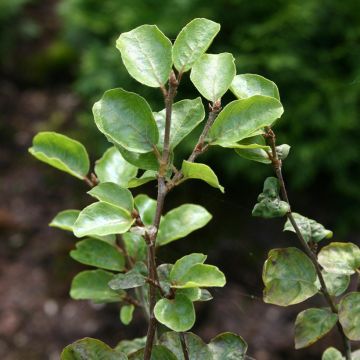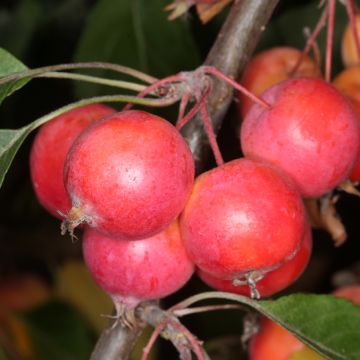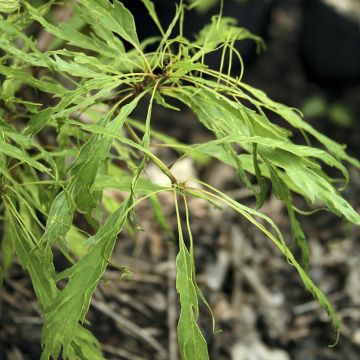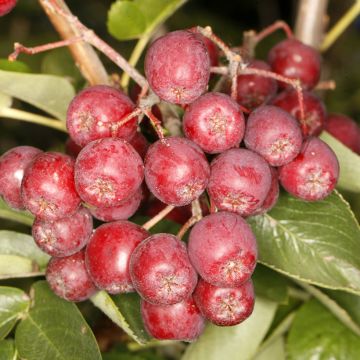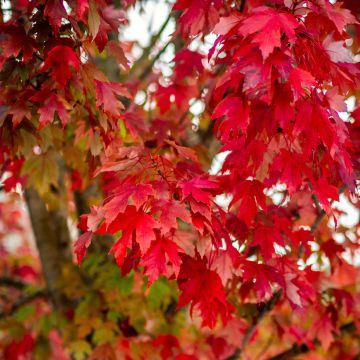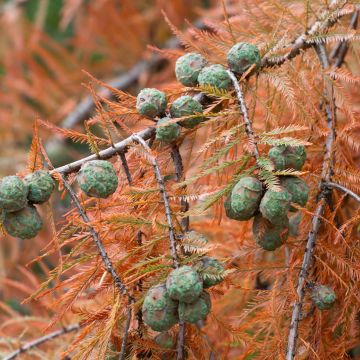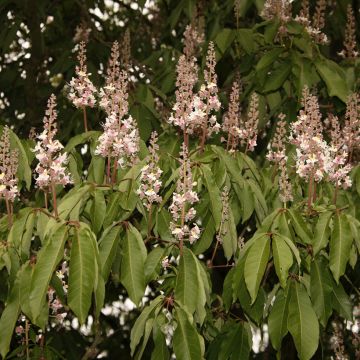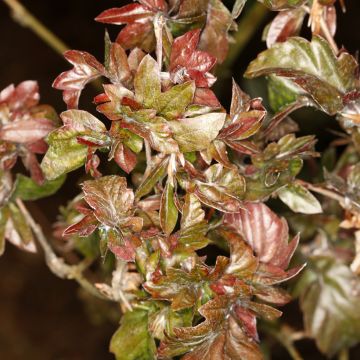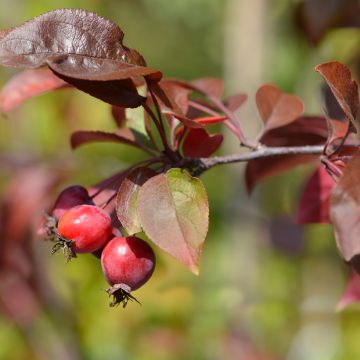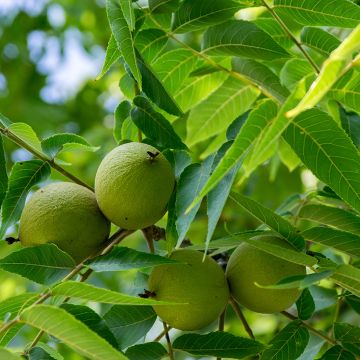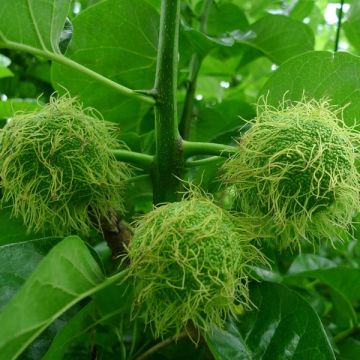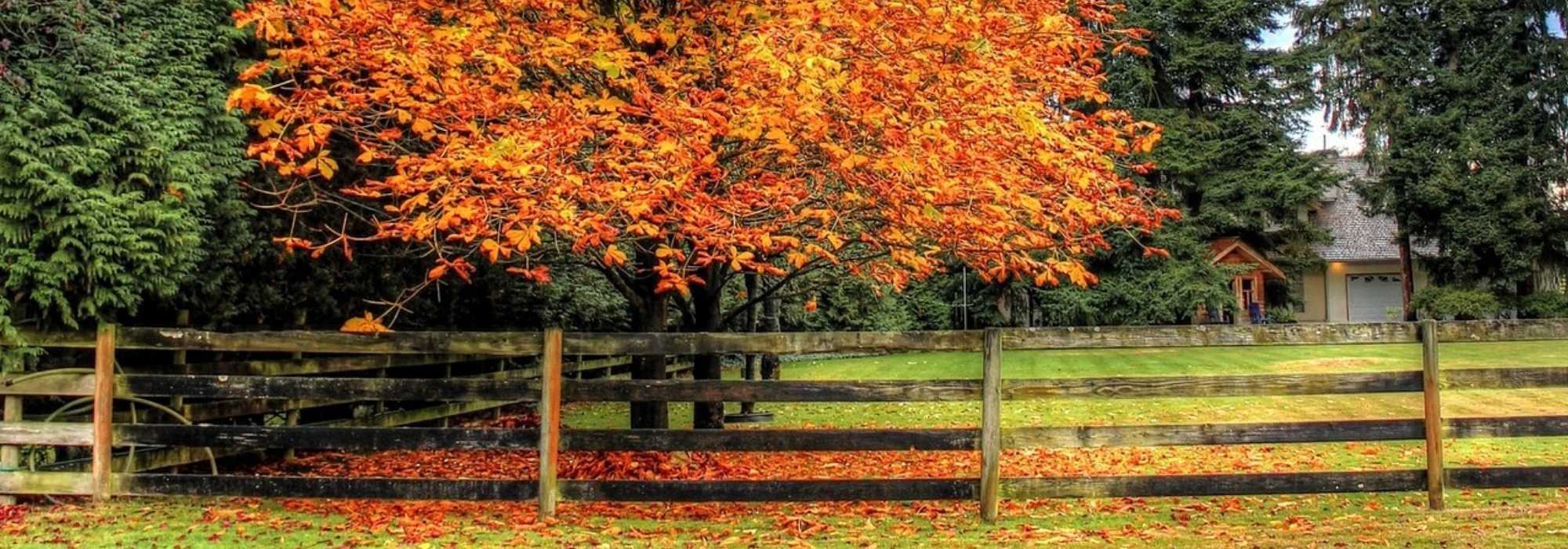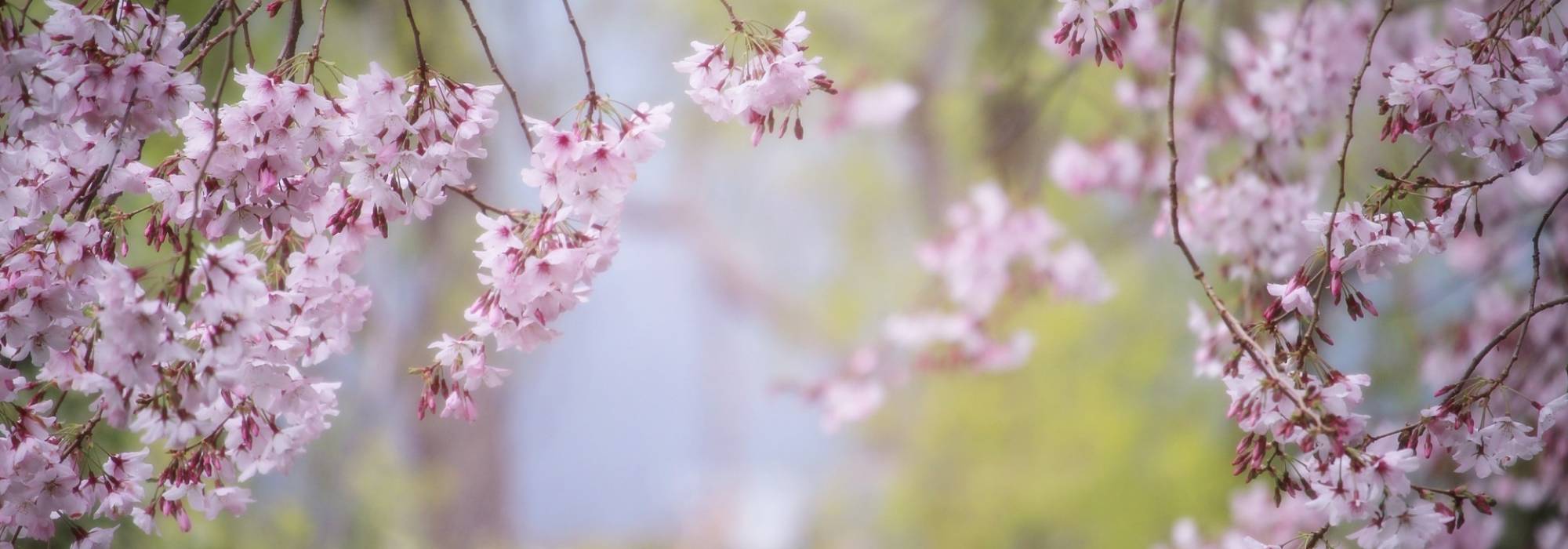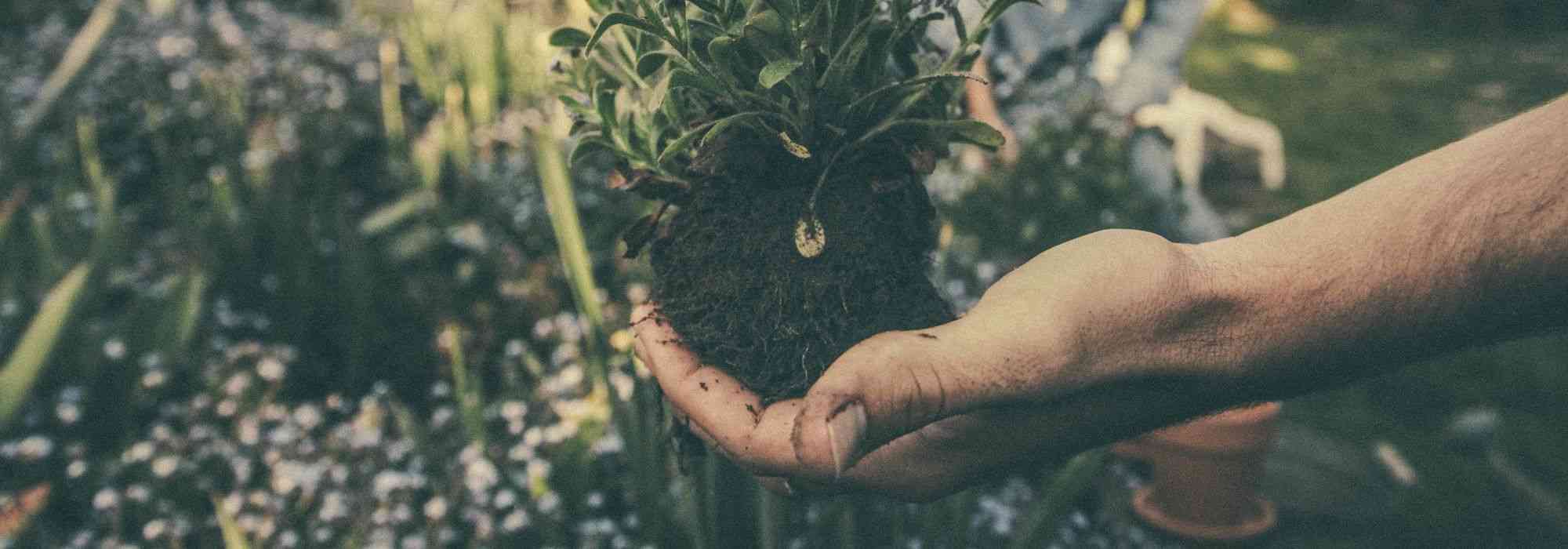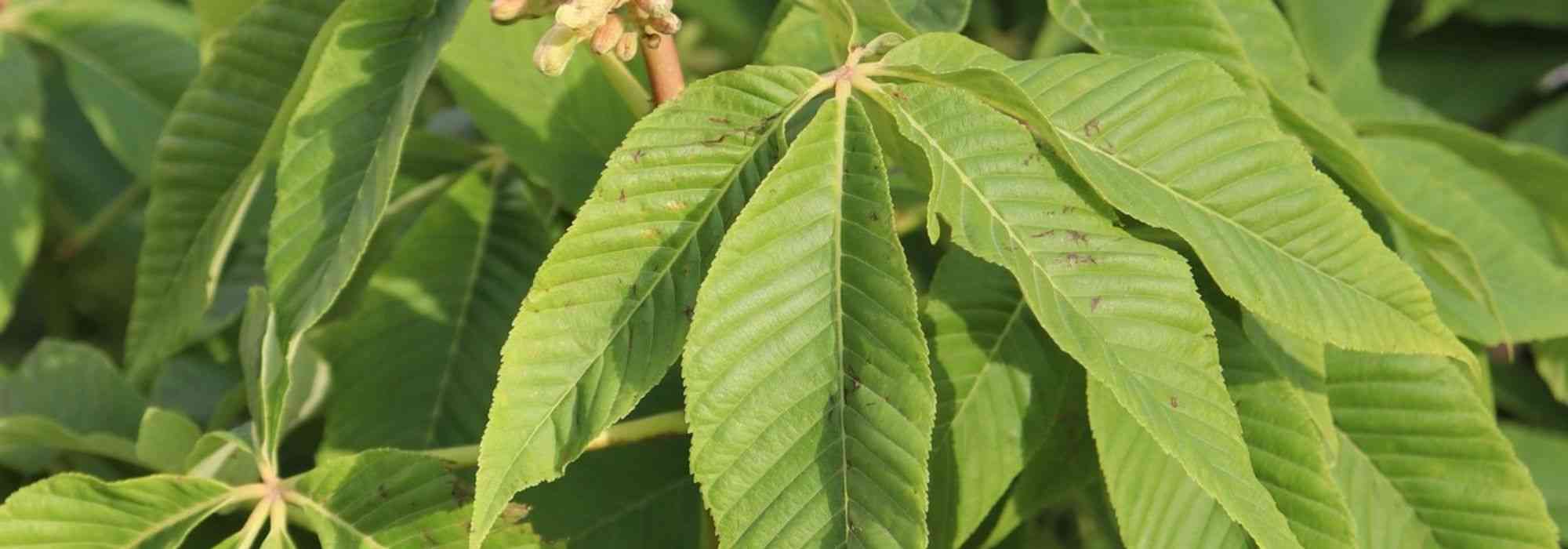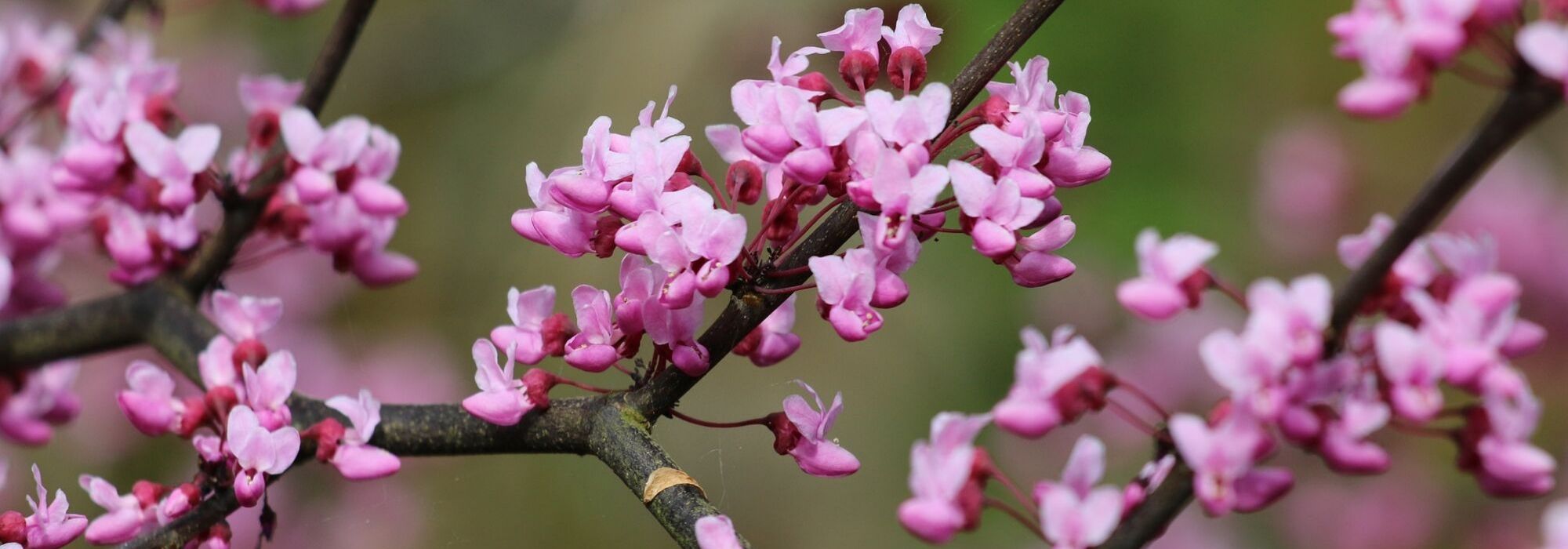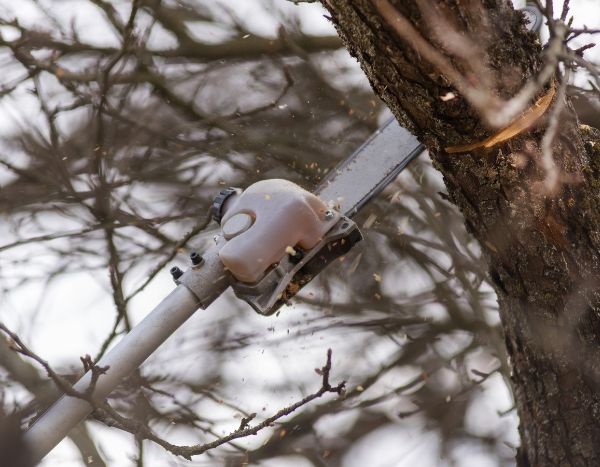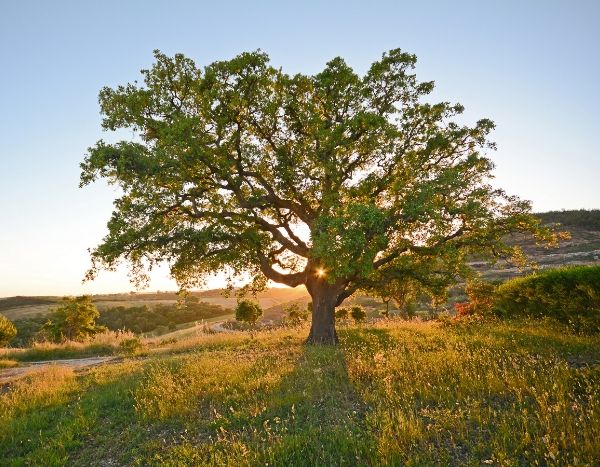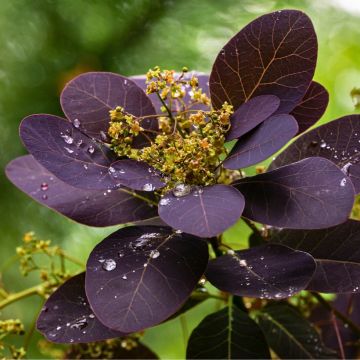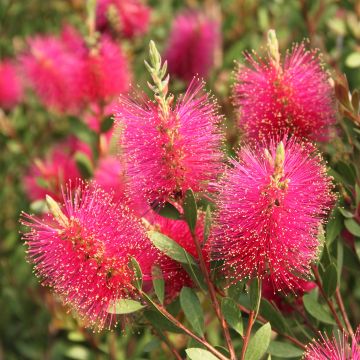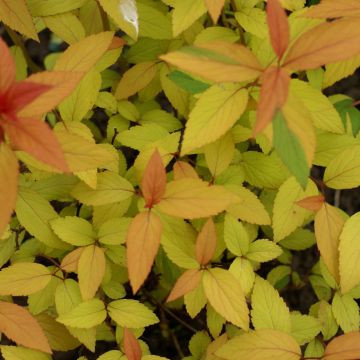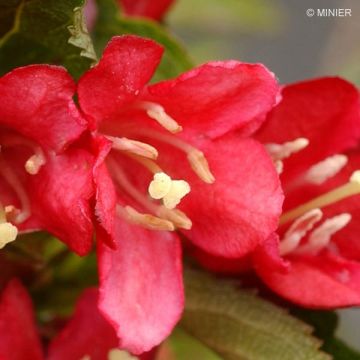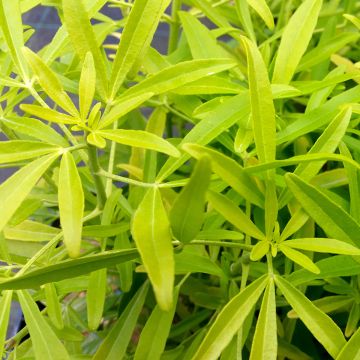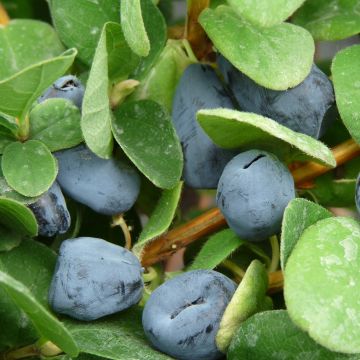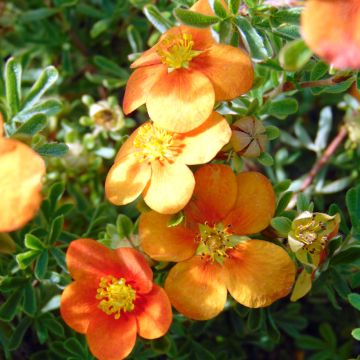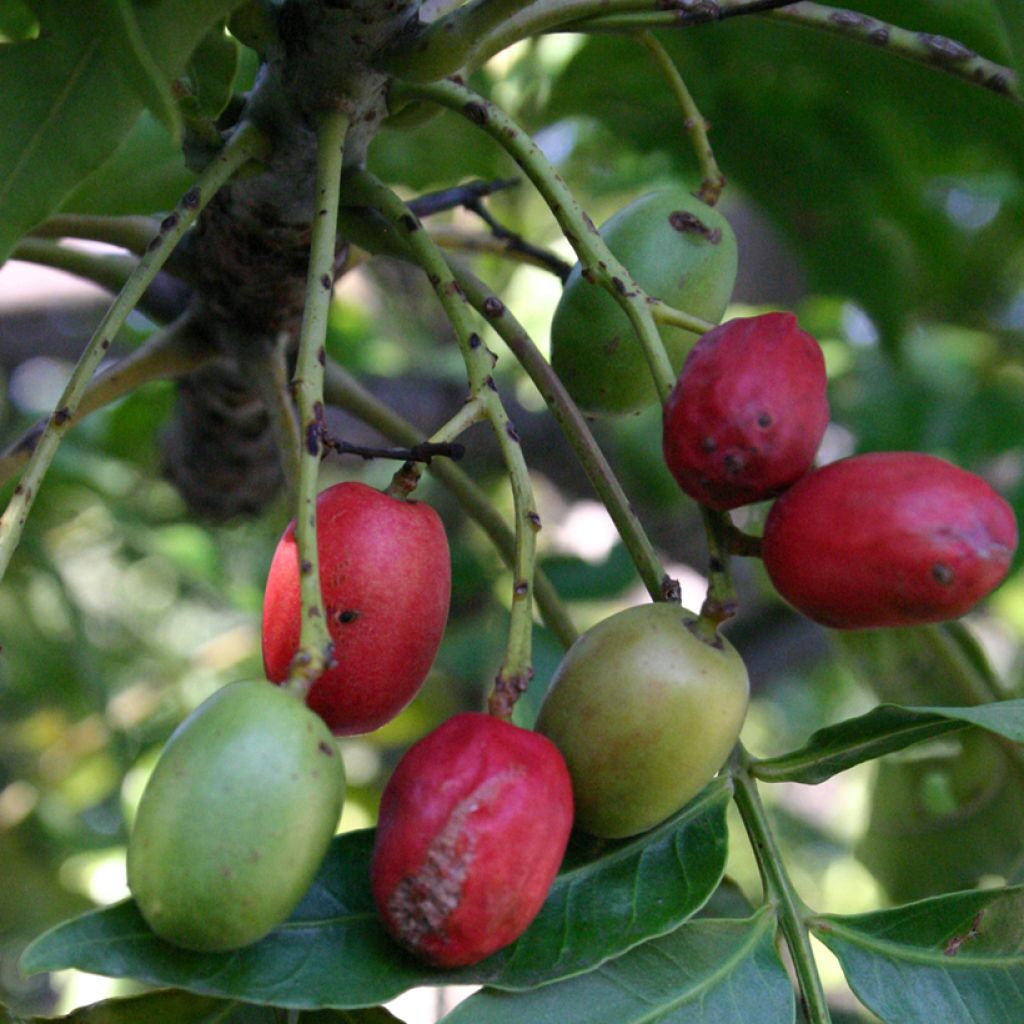

Harpephyllum caffrum
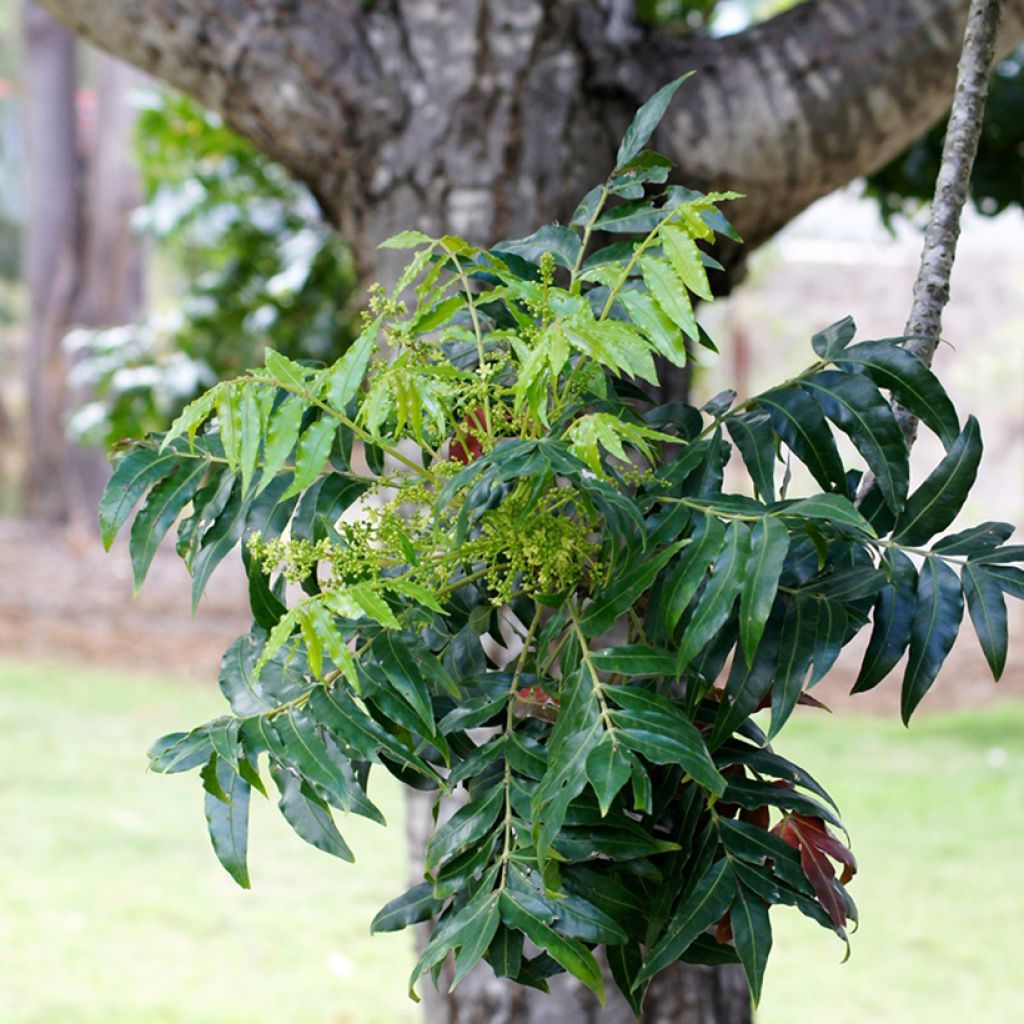

Harpephyllum caffrum
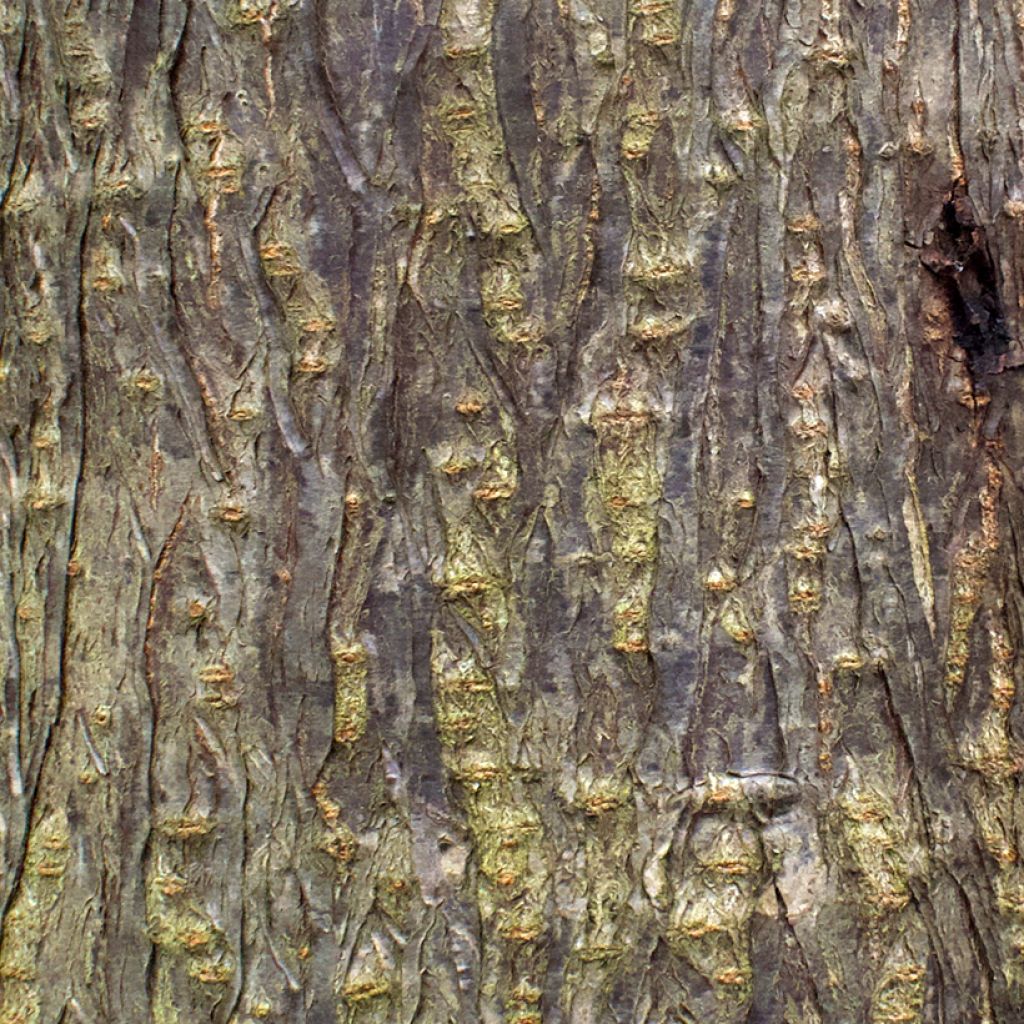

Harpephyllum caffrum
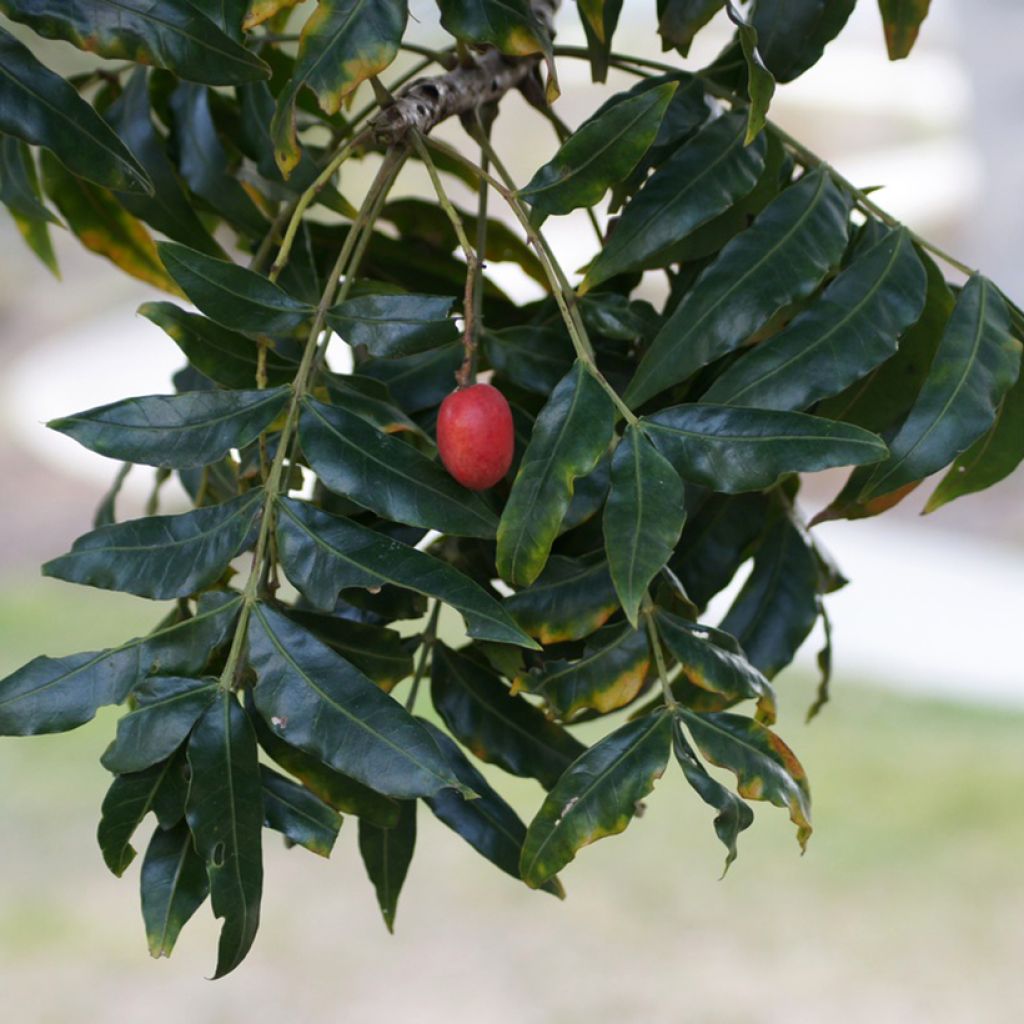

Harpephyllum caffrum
Harpephyllum caffrum
Harpephyllum caffrum
Special offer!
Receive a €20 voucher for any order over €90 (excluding delivery costs, credit notes, and plastic-free options)!
1- Add your favorite plants to your cart.
2- Once you have reached €90, confirm your order (you can even choose the delivery date!).
3- As soon as your order is shipped, you will receive an email containing your voucher code, valid for 3 months (90 days).
Your voucher is unique and can only be used once, for any order with a minimum value of €20, excluding delivery costs.
Can be combined with other current offers, non-divisible and non-refundable.
Why not try an alternative variety in stock?
View all →This plant carries a 24 months recovery warranty
More information
We guarantee the quality of our plants for a full growing cycle, and will replace at our expense any plant that fails to recover under normal climatic and planting conditions.
Would this plant suit my garden?
Set up your Plantfit profile →
Description
Harpephyllum caffrum, sometimes nicknamed the African plum, is a tree with evergreen foliage that is rare in cultivation, mainly due to its sensitivity to cold. Native to South Africa, it is valued there for its natural robustness. It is cultivated for the beauty of its foliage, its nectar-rich summer flowering, and its small, tangy red fruits. It can be grown in the ground in regions with very mild climates, while elsewhere, it adapts well to pot cultivation, to be overwintered frost-free. Its elegant appearance will be showcased in a very sheltered Mediterranean garden, a bright greenhouse, or a large conservatory.
Harpephyllum caffrum belongs to the Anacardiaceae family, just like the mango tree, pistachio trees, and Cotinus. Native to southern Africa, its range extends from the Eastern Cape province in South Africa, through KwaZulu-Natal, Eswatini (Swaziland), southern Mozambique, up to Zimbabwe. In its natural habitat, it is mainly found in riverine forests, often along watercourses, at altitudes up to 1,400 m. Its hardiness is debated, but it is generally accepted that this tree can only tolerate very light frosts (-1 to 3 °C). This African plum can reach a height of 10 to 20 m in the wild, with a straight and slender trunk. Its crown is dense and fairly broad. The bark is smooth in young specimens, becoming rough and greyish-brown with age. The curved and ascending branches form a dense, rounded crown. The compound and pinnate leaves measure between 15 and 25 cm in length and consist of sickle-shape, dark green and glossy leaflets, sometimes speckled with reddish hues. The flowering, which occurs in summer in the northern hemisphere, takes the form of small yellowish to greenish flowers, clustered in terminal panicles. It is a dioecious species: male and female flowers are found on separate trees. Female trees produce ovate, fleshy fruits, initially green, then red when ripe, measuring about 2 cm in diameter. These drupes, containing a single seed, are enjoyed by various species of birds and mammals. They are also consumed as jellies, jams, or fermented beverages in South Africa.
The root system of Harpephyllum caffrum is robust and can be aggressive. It is therefore recommended to plant this tree at a minimum distance of 4 to 6 m from built structures to avoid potential damage.
In South Africa, Harpephyllum caffrum makes an excellent shade tree, often used in gardens and urban landscaping. Its growth is relatively fast, especially under optimal conditions. Although drought-resistant, it is sensitive to frost, which limits its cultivation in temperate climates.
Report an error about the product description
Harpephyllum caffrum in pictures
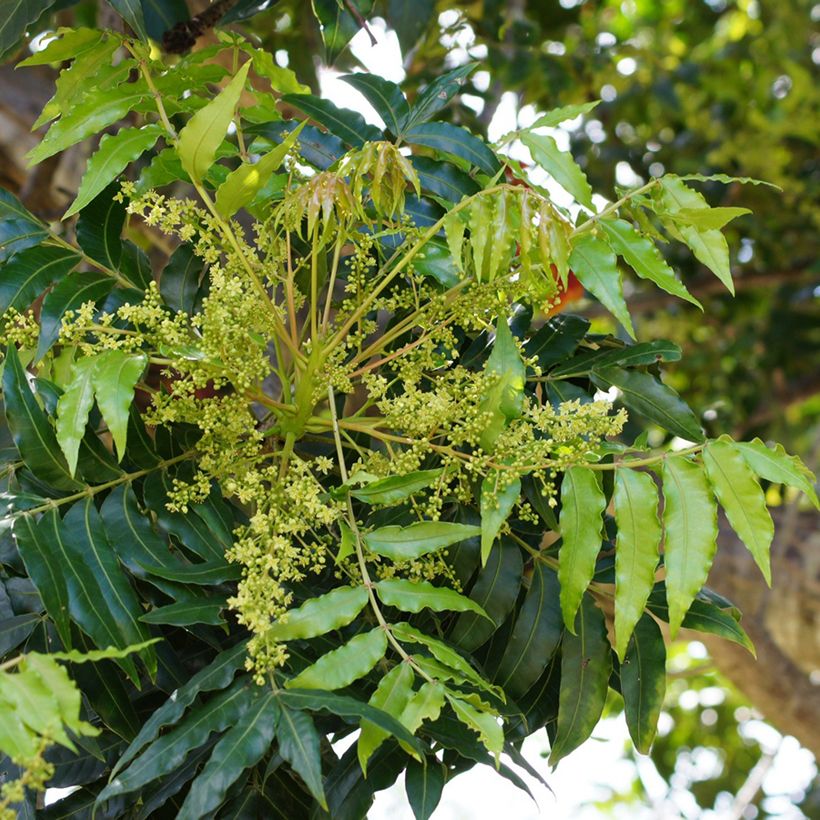



Plant habit
Flowering
Foliage
Botanical data
Harpephyllum
caffrum
Anacardiaceae
Harpephyllum afrum, Tapirira afra, Harpephyllum serratum, Odina afra, Spondias falcata
South Africa
Other Trees and large shrubs
View all →Planting and care
Harpephyllum caffrum should be planted in spring, in well-drained soil rich in organic matter.
In the ground, it thrives in a sunny position, sheltered from prevailing winds. As it has a strong root system, it's best planted away from ducts and buildings. Dig a hole twice as wide as the root ball, enrich the soil with compost and water generously after planting. In the first few years, mulching around the base will help retain moisture and protect the roots from cold.
In temperate climates or frost-prone regions, container growing is essential. Choose a large pot with a well-draining compound of potting mix, sand and perlite. Good drainage is crucial to prevent excess moisture. Place it outdoors in full sun during the warmer months and bring it inside when temperatures drop below 0°C, as it cannot tolerate frost. Indoors, place it in a bright, cool room.
Water moderately but regularly, especially in summer. Once established, a weekly watering is sufficient for plants in the ground, as they tolerate drought. For potted plants, monitor the soil moisture and water when the surface begins to dry. Light pruning in spring helps maintain a balanced habit and removes damaged branches. An organic fertiliser in spring encourages healthy growth and abundant flowering. For potted plants, repot every 2-3 years to prevent soil exhaustion.
Planting period
Intended location
Care
Planting & care advice
This item has not been reviewed yet - be the first to leave a review about it.
Similar products
Haven't found what you were looking for?
Hardiness is the lowest winter temperature a plant can endure without suffering serious damage or even dying. However, hardiness is affected by location (a sheltered area, such as a patio), protection (winter cover) and soil type (hardiness is improved by well-drained soil).

Photo Sharing Terms & Conditions
In order to encourage gardeners to interact and share their experiences, Promesse de fleurs offers various media enabling content to be uploaded onto its Site - in particular via the ‘Photo sharing’ module.
The User agrees to refrain from:
- Posting any content that is illegal, prejudicial, insulting, racist, inciteful to hatred, revisionist, contrary to public decency, that infringes on privacy or on the privacy rights of third parties, in particular the publicity rights of persons and goods, intellectual property rights, or the right to privacy.
- Submitting content on behalf of a third party;
- Impersonate the identity of a third party and/or publish any personal information about a third party;
In general, the User undertakes to refrain from any unethical behaviour.
All Content (in particular text, comments, files, images, photos, videos, creative works, etc.), which may be subject to property or intellectual property rights, image or other private rights, shall remain the property of the User, subject to the limited rights granted by the terms of the licence granted by Promesse de fleurs as stated below. Users are at liberty to publish or not to publish such Content on the Site, notably via the ‘Photo Sharing’ facility, and accept that this Content shall be made public and freely accessible, notably on the Internet.
Users further acknowledge, undertake to have ,and guarantee that they hold all necessary rights and permissions to publish such material on the Site, in particular with regard to the legislation in force pertaining to any privacy, property, intellectual property, image, or contractual rights, or rights of any other nature. By publishing such Content on the Site, Users acknowledge accepting full liability as publishers of the Content within the meaning of the law, and grant Promesse de fleurs, free of charge, an inclusive, worldwide licence for the said Content for the entire duration of its publication, including all reproduction, representation, up/downloading, displaying, performing, transmission, and storage rights.
Users also grant permission for their name to be linked to the Content and accept that this link may not always be made available.
By engaging in posting material, Users consent to their Content becoming automatically accessible on the Internet, in particular on other sites and/or blogs and/or web pages of the Promesse de fleurs site, including in particular social pages and the Promesse de fleurs catalogue.
Users may secure the removal of entrusted content free of charge by issuing a simple request via our contact form.
The flowering period indicated on our website applies to countries and regions located in USDA zone 8 (France, the United Kingdom, Ireland, the Netherlands, etc.)
It will vary according to where you live:
- In zones 9 to 10 (Italy, Spain, Greece, etc.), flowering will occur about 2 to 4 weeks earlier.
- In zones 6 to 7 (Germany, Poland, Slovenia, and lower mountainous regions), flowering will be delayed by 2 to 3 weeks.
- In zone 5 (Central Europe, Scandinavia), blooming will be delayed by 3 to 5 weeks.
In temperate climates, pruning of spring-flowering shrubs (forsythia, spireas, etc.) should be done just after flowering.
Pruning of summer-flowering shrubs (Indian Lilac, Perovskia, etc.) can be done in winter or spring.
In cold regions as well as with frost-sensitive plants, avoid pruning too early when severe frosts may still occur.
The planting period indicated on our website applies to countries and regions located in USDA zone 8 (France, United Kingdom, Ireland, Netherlands).
It will vary according to where you live:
- In Mediterranean zones (Marseille, Madrid, Milan, etc.), autumn and winter are the best planting periods.
- In continental zones (Strasbourg, Munich, Vienna, etc.), delay planting by 2 to 3 weeks in spring and bring it forward by 2 to 4 weeks in autumn.
- In mountainous regions (the Alps, Pyrenees, Carpathians, etc.), it is best to plant in late spring (May-June) or late summer (August-September).
The harvesting period indicated on our website applies to countries and regions in USDA zone 8 (France, England, Ireland, the Netherlands).
In colder areas (Scandinavia, Poland, Austria...) fruit and vegetable harvests are likely to be delayed by 3-4 weeks.
In warmer areas (Italy, Spain, Greece, etc.), harvesting will probably take place earlier, depending on weather conditions.
The sowing periods indicated on our website apply to countries and regions within USDA Zone 8 (France, UK, Ireland, Netherlands).
In colder areas (Scandinavia, Poland, Austria...), delay any outdoor sowing by 3-4 weeks, or sow under glass.
In warmer climes (Italy, Spain, Greece, etc.), bring outdoor sowing forward by a few weeks.






























